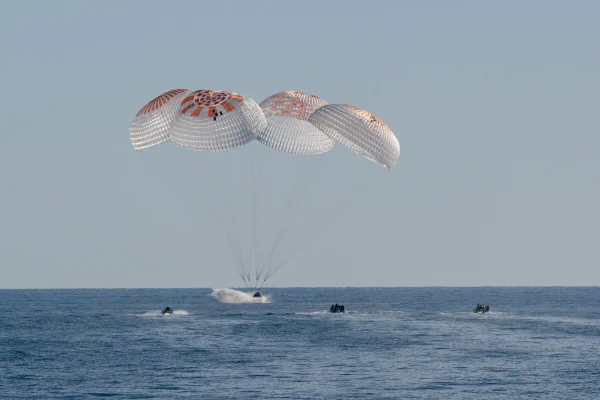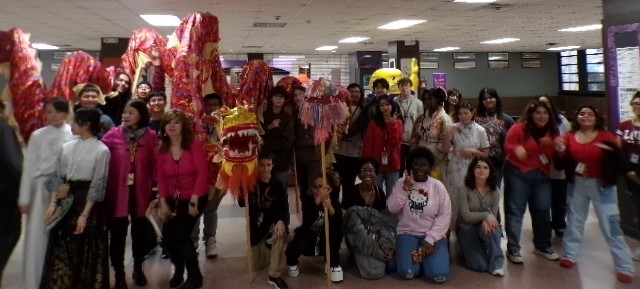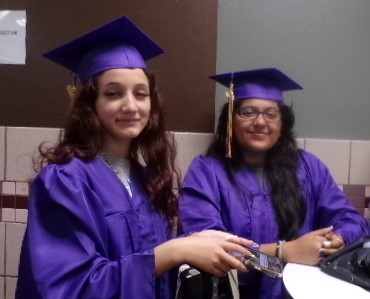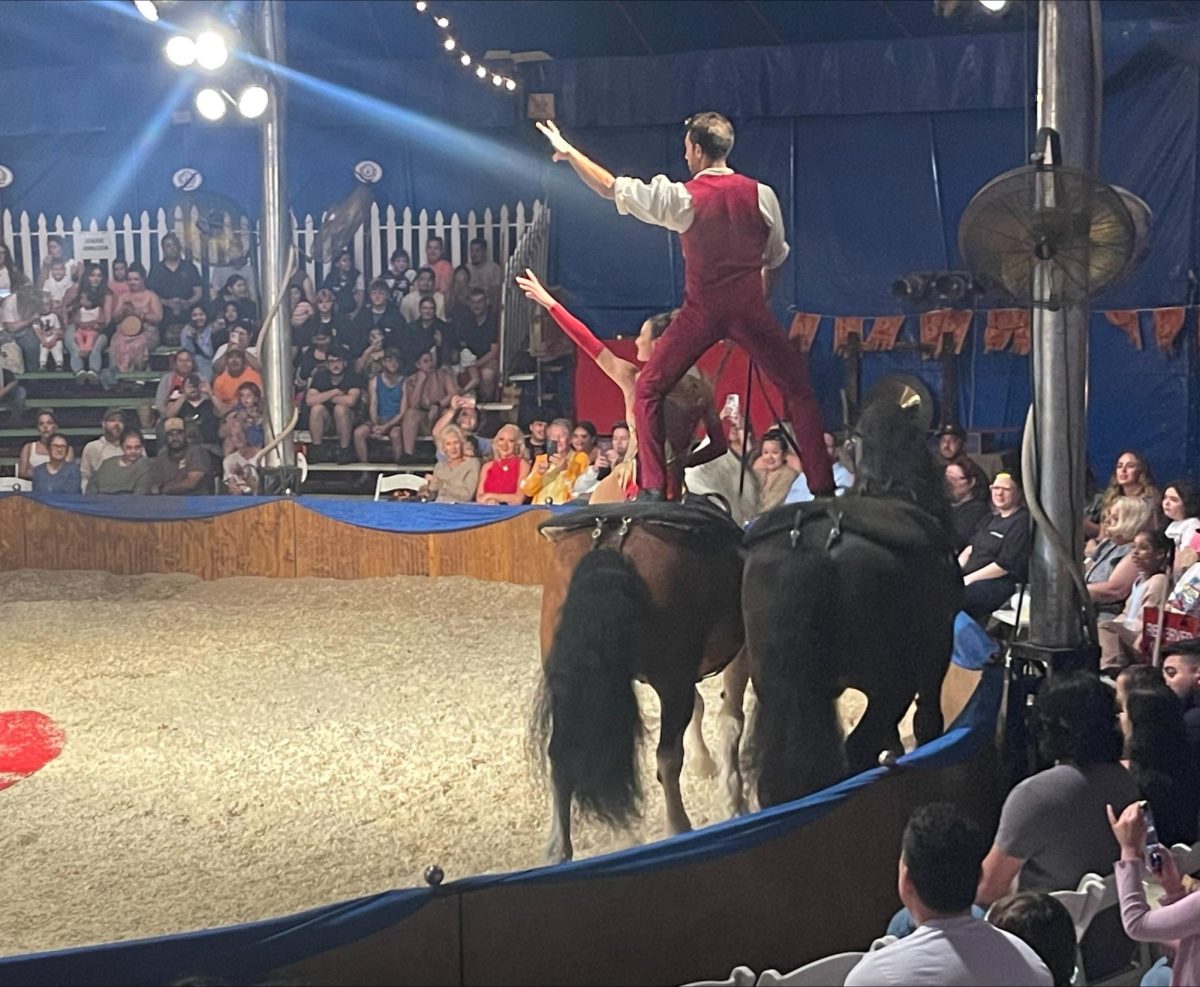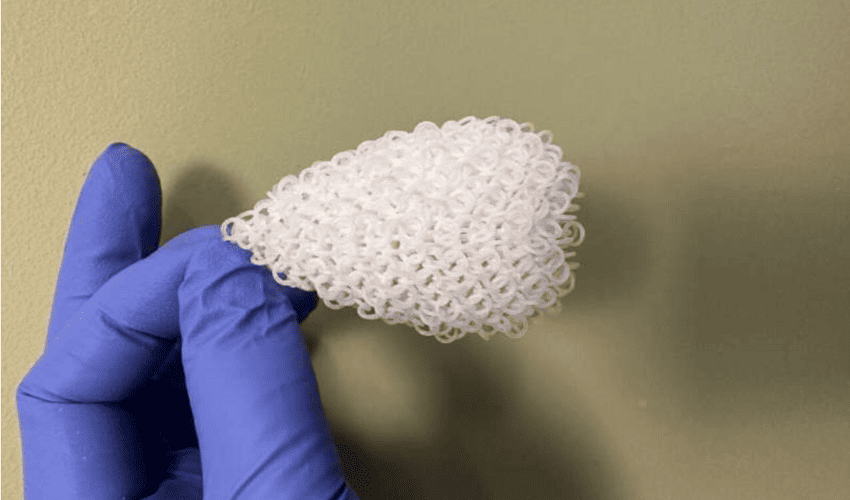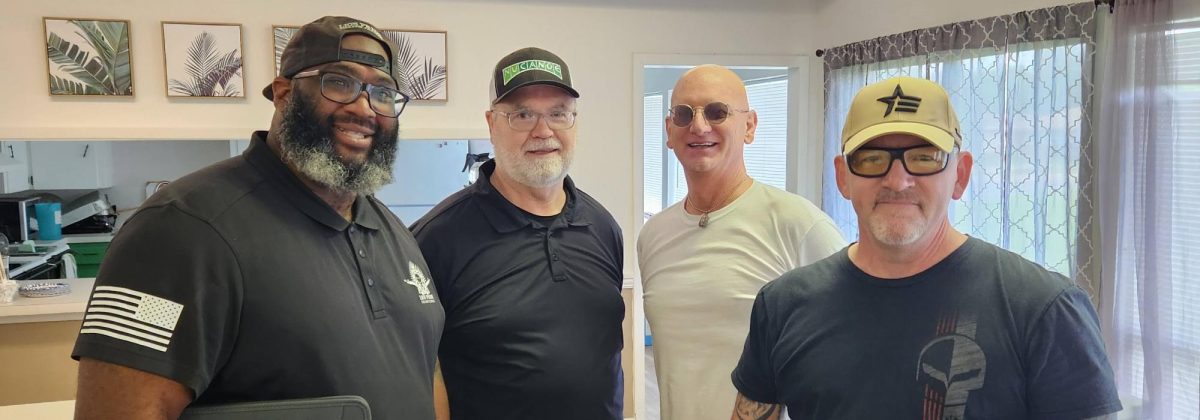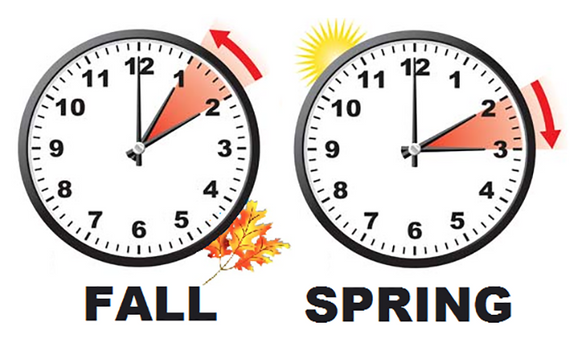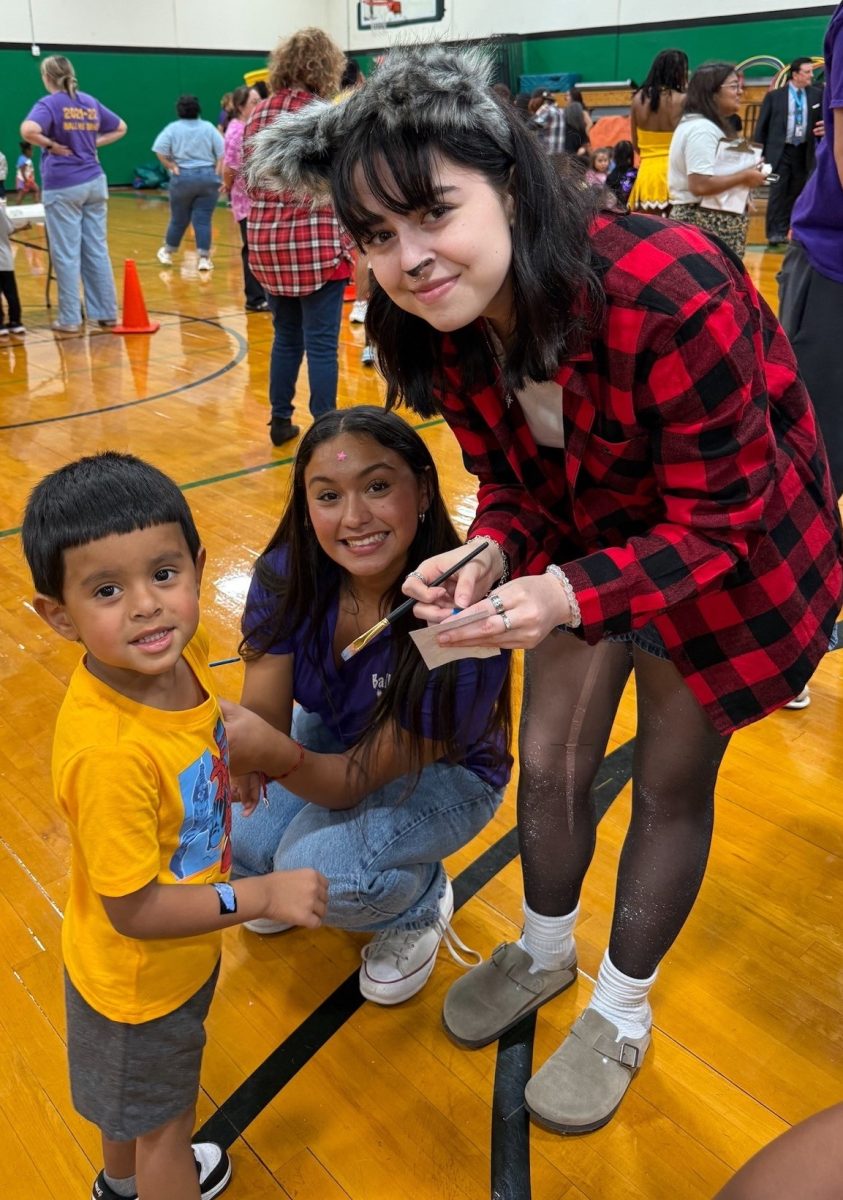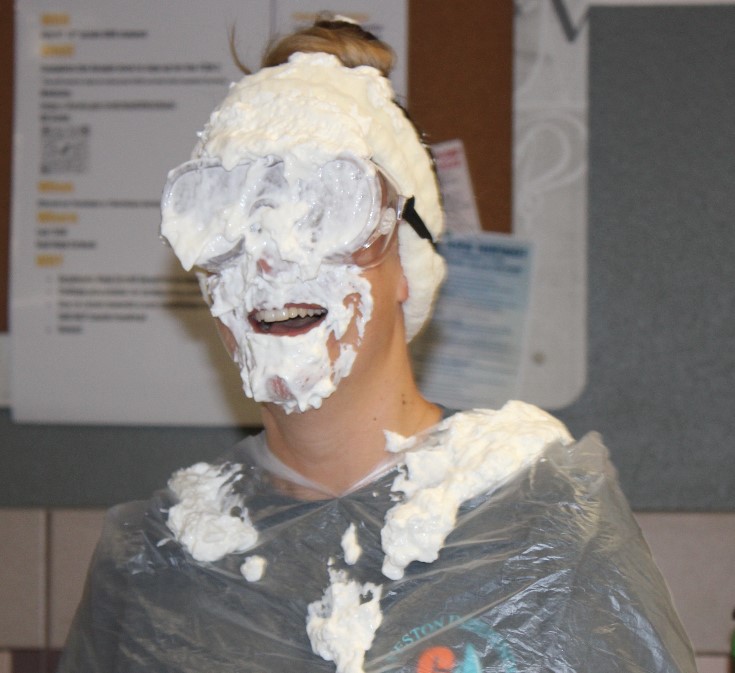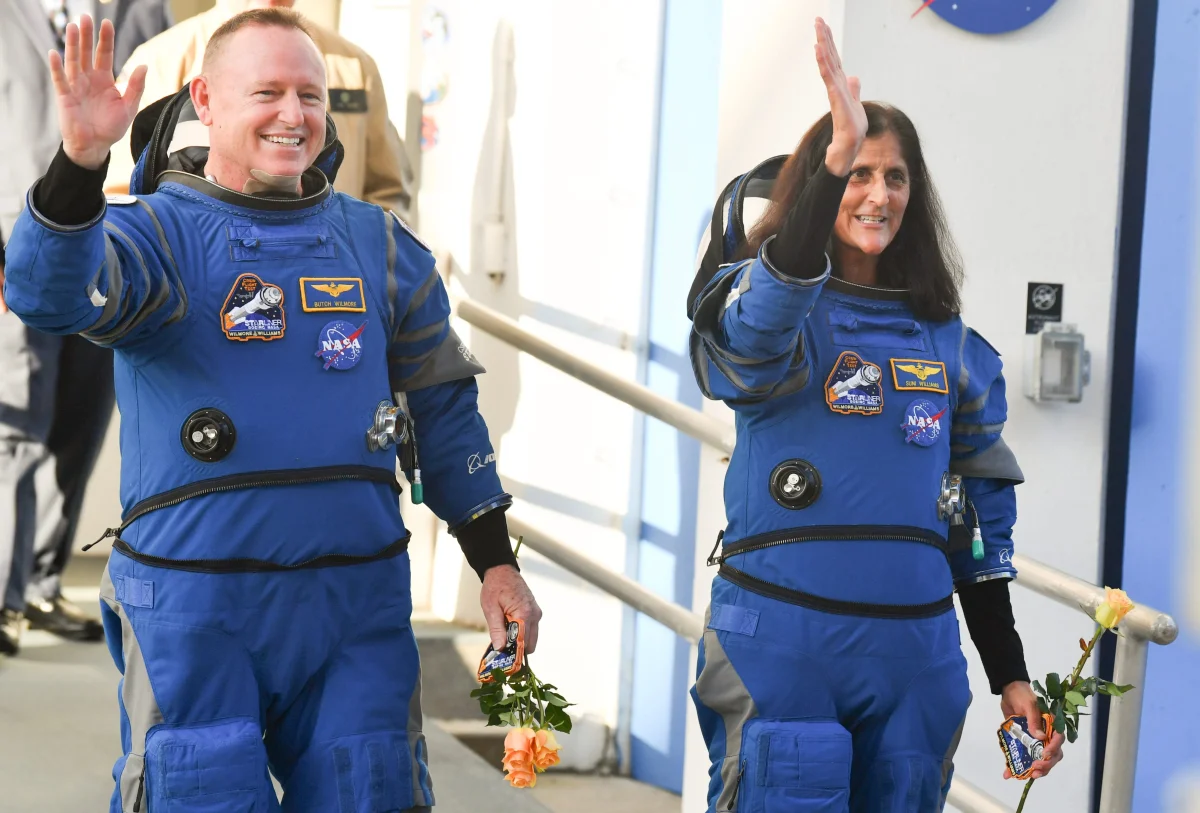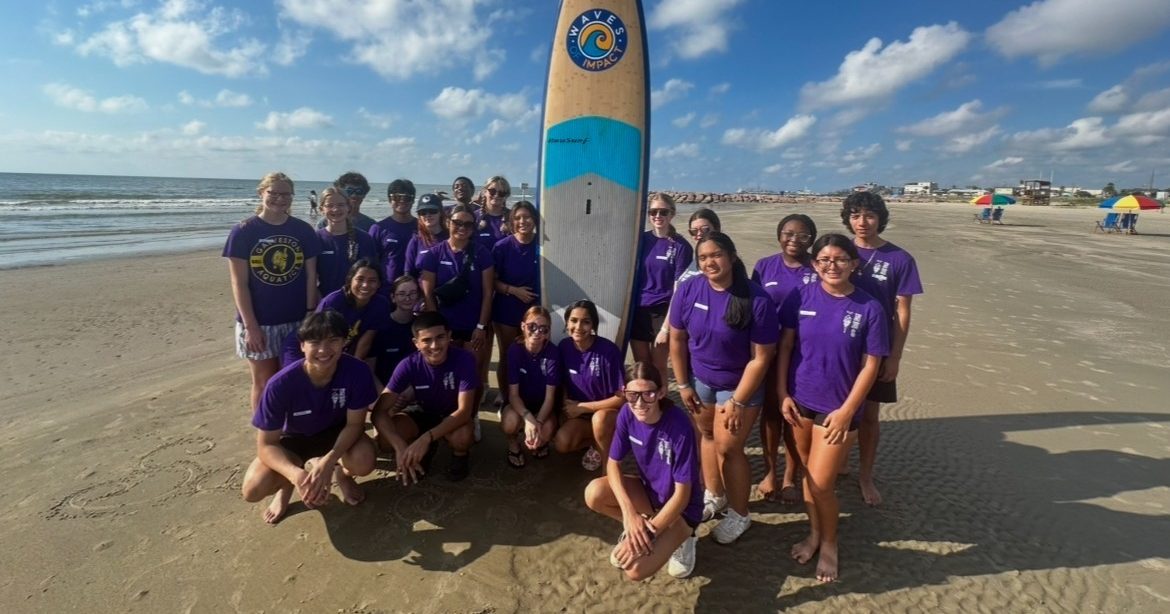After more than nine months in space, Boeing astronauts Sunni Williams and Butch Wilmore returned to earth on Tuesday, March 18th, and as one would expect after nine months in space, both landed in very poor physical condition.
The astronauts hitched a ride on a different spacecraft since their Boeing craft had returned to earth months earlier without the astronauts because of safety concerns. Williams and Wilmore safely returned home on a space X Dragon craft along with Nick Hague and Aleksandr Gorbunov whose tours of the space station ended March 18th.
“We are thrilled to have Suni, Butch, Nick, and Aleksandr home after their months-long mission conducting vital science, technology demonstrations, and maintenance aboard the International Space Station,” said NASA acting Administrator Janet Petro.
The astronauts splashed down physically weak from nine months without gravity. Their bones became brittle and weak. Due to zero gravity, the astronauts didn’t need balance in space and when they came back to earth, both astronauts had a hard time balancing themselves, along with their brittle bones and utter exhaustion. Fortunately, their conditions are treatable, and they should make a complete recovery.
According to NASA, Williams and Wilmore traveled 121,347,491 miles during their mission, spent 286 days in space, and completed 4,576 orbits around Earth.
Their time in space, though not planned, proved eventful and useful. The astronauts researched and experimented with moon material, searching for ways to make life on earth more convenient. The American crew members conducted more than 150 unique scientific experiments and technology demonstrations between them, with over 900 hours of research.
NASA officials said that Crew-9 “contributed to a host of science and maintenance activities and technology demonstrations. Williams conducted two spacewalks, joined by Wilmore for one and Hague for another, removing a radio frequency group antenna assembly from the station’s truss, collecting samples from the station’s external surface for analysis, installing patches to cover damaged areas of light filters on an X-ray telescope, and more.
Williams now holds the record for total spacewalking time by a female astronaut, with 62 hours and six minutes outside of station, and is fourth on the all-time spacewalk duration list.”
